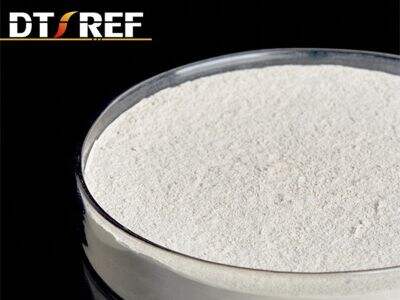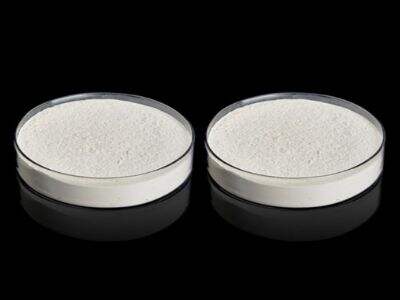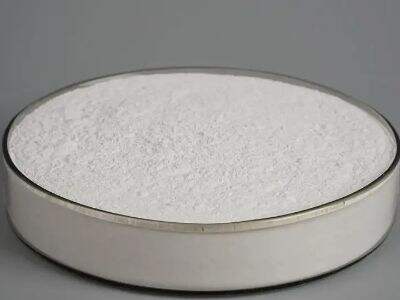When selecting materials that are designed to withstand high temperature, you cannot get better than mullite. Mullite: One of the Refractory Materials Manufactured by Datong When it comes to refractory materials by Datong Then is Mullite that the answer for you? If you are like most people, you may have never even heard of this material before The following is an introduction to what Mullite is, as well as how it compares to other types of refractory materials when it comes to cost-effectiveness, the lifespan of the material, and how well it does in industrial settings
Special properties of Mullite which distinguish it from other refractory materials
The difference between mullite, and other refractory materials is that mullite has a very low thermal expansion, and excellent resistance to thermal shock. That is to say, it can’t too easily be deformed or broken when heated and/or cooled rapidly, unlike some other materials. Mullite is also very hard and strong, so it is often used in harsh environments where other materials might become worn or break

High temperature (Mullite) chemical corrosion protection properties of Mullite
One of mullite's greatest strengths is its resistance to high temperatures without becoming weak or melting. That’s important for industries such as steel and glass manufacturing, where temperatures can be very high. In addition, mullite is chemically resistant, so it does not have a negative reaction when brought into contact with industrial chemicals. This makes it an ideal option for chemical reactors and other applications with corrosive materials
Cost-effectiveness and longevity between Mullite and other refractory materials
When the costs and lifetimes of various materials are compared, mullite frequently wins out. This material may have a higher up-front cost, but because of their heavy-duty nature, it will last much longer between replacement compared to other material types. That can work out to be a money saver in the long run. Additionally, because it performs so well under high temperatures and with harsh chemicals, there is a lower chance of unexpected failures, which can run up costs
Why Mullite is used in applications with the highest thermal insulation
Mullite is both resistant to high temperatures, chemicals and an excellent insulator. This is crucial to a lot of industrial processes where temperature control is necessary for quality and speed. mullite having better insulation capabilities serves to sustain more uniform temperatures, which may enhance the efficiency of the process

Realizing the potential of Mullite in today's industrial applications for peak efficiency and safety
In current technology, for which use in performance- and lifetime-critical applications becomes more and more important, a mullite product is more and more gaining in importance. For example, mullite parts can resist the high temperatures and corrosive environments of jet engines in the aerospace industry. This is intended to ensure that the system would be reliable and safe in critical usages. Finally, as industries continue to develop for longer-lasting and more efficient materials, mullite’s workforce is expected to increase, establishing itself as a major player when it comes to the future of manufacturing
Table of Contents
- Special properties of Mullite which distinguish it from other refractory materials
- High temperature (Mullite) chemical corrosion protection properties of Mullite
- Cost-effectiveness and longevity between Mullite and other refractory materials
- Why Mullite is used in applications with the highest thermal insulation
- Realizing the potential of Mullite in today's industrial applications for peak efficiency and safety
 EN
EN
 AR
AR HR
HR CS
CS DA
DA NL
NL FR
FR DE
DE EL
EL HI
HI IT
IT JA
JA KO
KO NO
NO PL
PL PT
PT RU
RU ES
ES SV
SV TL
TL ID
ID LT
LT SR
SR SK
SK UK
UK VI
VI HU
HU TH
TH TR
TR MS
MS GA
GA CY
CY AZ
AZ LO
LO LA
LA MN
MN NE
NE MY
MY KK
KK UZ
UZ

